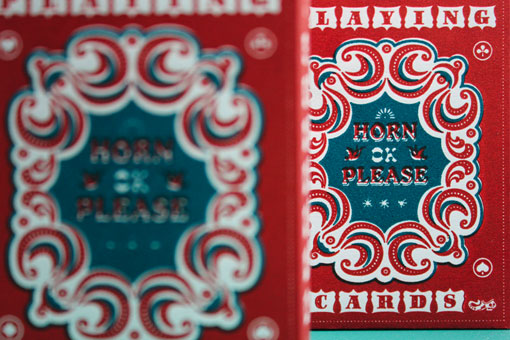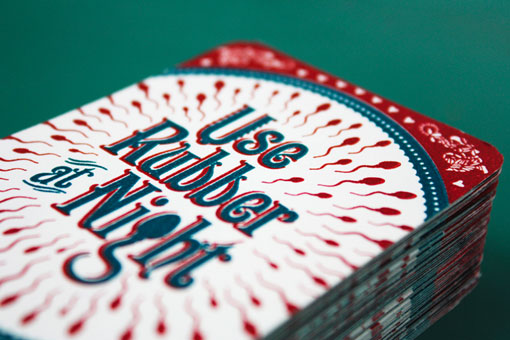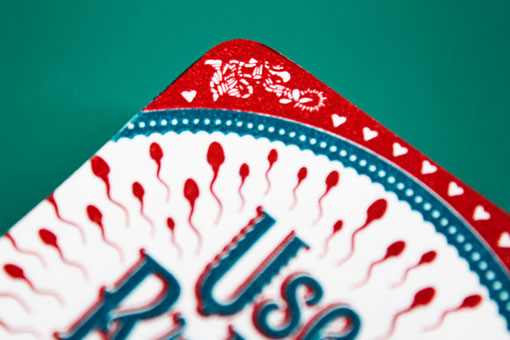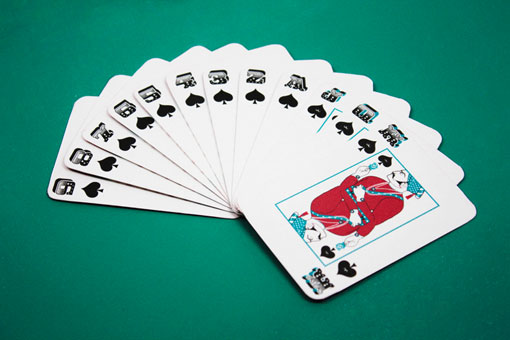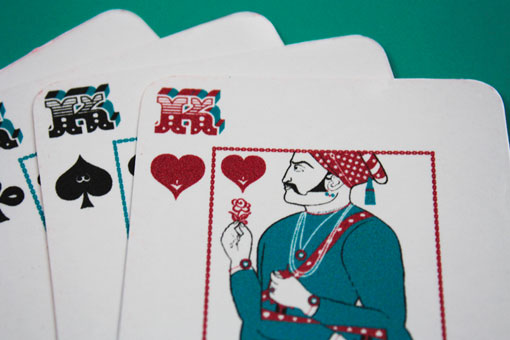Use Rubber at Night is an incredibly thought-provoking project by Shantanu Suman. Here is some more information about the concept behind and goal of the project, straight from the source:
The Indian roads and highways are known to look beautiful and colourful, thanks to the brightly hand painted trucks and lorries that run on them. Every truck is bedecked with hand-painted art and symbols, which are common across all trucks, but have a unique character, as they are hand painted. The Truck Art style is a testimony of the truck owners’ love for their brightly decorated homes.
However a startling study (conducted by the Center for Media Studies) indicates that India currently has over 5.1 million AIDS patients, and truckers are possibly one of the largest groups carrying the disease. There is an urgent need to create awareness among this community to curb the spread of the fatal disease. More than illiteracy, it is the ignorance and long distance from home and their wives that are the reasons behind the spread of the disease among the truckers’ community.
The fact that cards games are the most common recreational activity among the truckers in India, led to the inception of this set of playing card design. This pack is a small step towards spreading the awareness about AIDS among its users, specially the truck drivers.
The playing card design has been inspired from a very common phrase ‘Use dipper at night’ seen quite often on the back of Indian trucks. The message has been altered to suit the purpose and now reads ‘Use rubber at night’ which serves as an important reminder to the user of using condoms while having sex.
The design for the cards has been inspired by the Indian Truck Art Style. The lady with the lamp and the 3D treatment of the typography are some of the common features of the Indian Truck Art Style. Even the characters (king, queen, jack & joker) have been illustrated in the traditional Indian painting style to give the work an Indian feel. The printing method includes a mix of letterpress and inkjet printing. The front (characters and numbers) of the cards have been printed using an inkjet printer whereas the back and the packaging of the cards has been printed using the Letterpress technique.
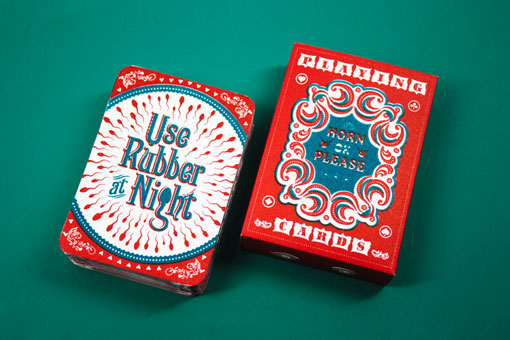

Get 300+ Fonts for FREE
Enter your email to download our 100% free "Font Lover's Bundle". For commercial & personal use. No royalties. No fees. No attribution. 100% free to use anywhere.

